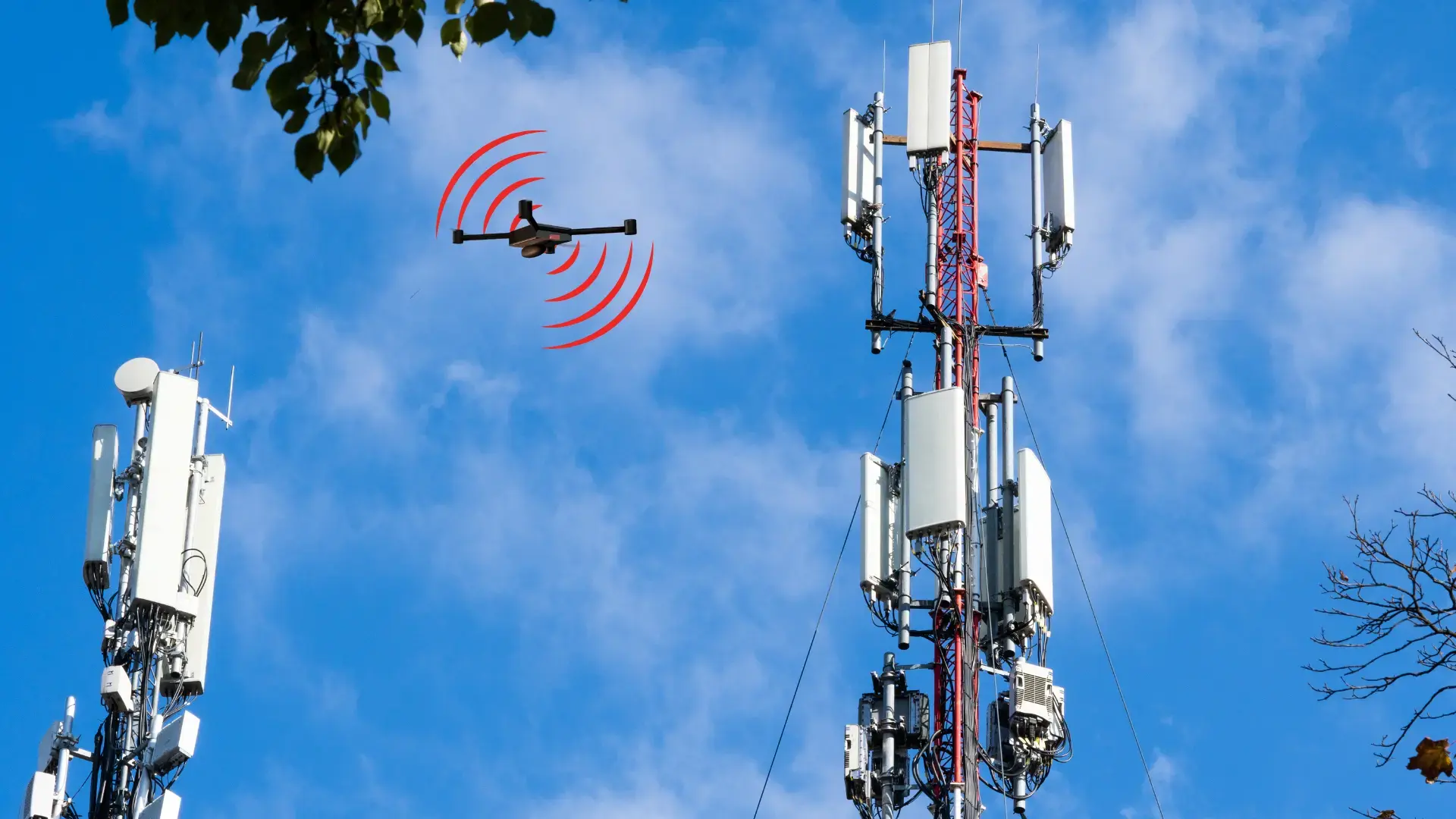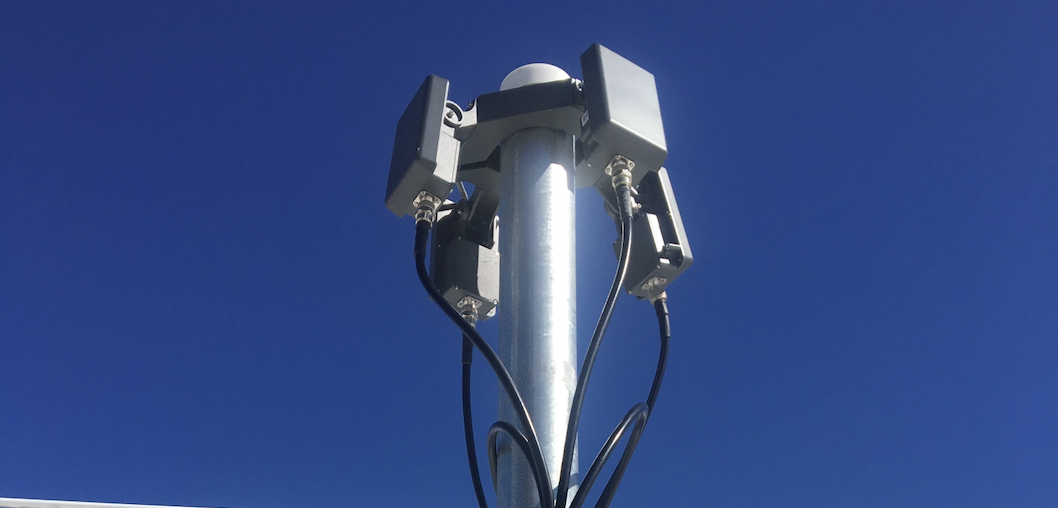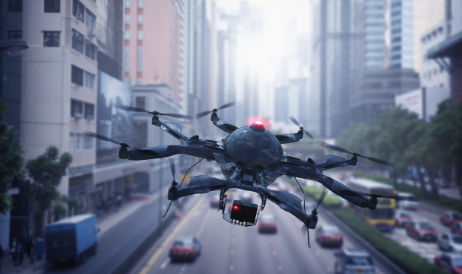The global anti-drone market is experiencing exponential growth, driven by increasing security threats and rapid advancements in unmanned aerial vehicle (UAV) technology. With the market valued at $2.71 billion in 2024 and projected to reach $11.12 billion by 2030, the demand for counter-drone solutions is expected to rise at a CAGR of 26.53% over the forecast period.
Drivers of Growth in the Anti-Drone Market
Rising Security Concerns
The proliferation of drones has led to an increase in unauthorized UAV activities, including espionage, smuggling, and potential terrorist threats. Governments and private organizations worldwide are prioritizing investments in counter-drone technology to protect critical infrastructure, public spaces, and military assets.
Government Initiatives and Funding
Strategic investments by governments are accelerating the adoption of anti-drone technologies. In the United States, the Department of Homeland Security and the Department of Defense have allocated significant budgets to counter-drone research and development. In 2023 alone, the U.S. government committed approximately $668 million to advancing anti-drone solutions.
Similar trends are observed globally, with nations like India, China, and European countries ramping up investments to safeguard their airspace from emerging drone threats.
Technological Advancements
The integration of Artificial Intelligence (AI) and Machine Learning (ML) is transforming counter-drone systems. AI-driven anti-drone solutions can:
- Differentiate between legitimate and unauthorized UAVs
- Enhance real-time threat detection and mitigation
- Automate countermeasures using adaptive response strategies
Innovative product launches continue to shape the market. Advanced systems like AirSight now leverage multi-sensor fusion, combining radar, radio frequency (RF) monitoring, and electro-optical/infrared (EO/IR) detection for comprehensive threat management. With that in mind, AirSight still realizes the importance of human intervention. We combine the power of AI and machine learning with 24/7 live human monitoring to completely eliminate false alerts.
Regional Market Insights
- North America dominates the global anti-drone market, accounting for over 50% of total revenue in 2024. The strong presence of defense contractors and increasing adoption of UAV defense systems in military and commercial sectors contribute to this leadership.
- Asia-Pacific (APAC) is emerging as a significant player, with countries like China, India, and Japan heavily investing in anti-drone technologies. Border security concerns and counter-terrorism initiatives are driving demand in this region.
- Europe is actively expanding its counter-drone capabilities to address security threats posed by drones. The UK, France, and Germany are leading the charge with increased government funding and strategic collaborations.
- The Middle East & Africa is another key market, with nations like Saudi Arabia, the UAE, and Israel integrating advanced anti-drone solutions to protect critical infrastructure, including oil refineries and military bases.
Challenges in the Anti-Drone Market
Regulatory and Legal Barriers
One of the primary challenges in the anti-drone industry is the lack of standardized regulations across different countries. Regulatory inconsistencies create uncertainty for manufacturers and limit the widespread deployment of counter-UAV solutions.
For example, in the U.S., the Federal Aviation Administration (FAA) imposes strict guidelines on drone operations, requiring special authorization for counter-drone measures near airports and populated areas. These legal constraints impact how and where anti-drone solutions can be deployed.
Our Approach: AirSight works closely with regulatory bodies to ensure compliance while offering adaptable solutions that can be customized to meet varying legal requirements worldwide. Our solutions detect and track drones and pilots allowing organizations to quickly share the data to security teams or law enforcement to mitigate the threat.
High Costs of Implementation
Advanced anti-drone systems incorporating radar, AI-driven analytics, and directed-energy weapons require significant financial investment. While governments and large enterprises can afford these solutions, small businesses and municipalities often struggle with budget limitations.
Our Approach: We understand that not every organization has the same budget. That’s why AirSight offers flexible pricing plans tailored to meet different industry needs, from large-scale government security operations to cost-effective solutions for smaller businesses. Our scalable technology ensures that security is accessible without compromising on performance.
Evolving Threat Landscape
As counter-drone technology advances, so do the tactics used by adversarial drone operators. The rise of swarm drone attacks—where multiple UAVs operate in coordination to bypass traditional defenses—poses new challenges. This dynamic landscape demands continuous innovation in anti-drone technologies.
Our Approach: Our 24/7 live AI and human threat monitoring system, we are able to accurately track, record, and alert on all drone threats happening in the airspace. Through real-time data analysis and predictive threat modeling, AirSight’s solutions can proactively detect and mitigate swarm drone attacks before they become a critical security issue.
The Future of Anti-Drone Technology
The anti-drone market is set to witness further integration of AI, automation, and networked defense systems. AirSight always works to stay current with the technologies in the industry. Here are some key trends shaping the future:
- Autonomous Counter-UAS (C-UAS) Systems: AI-powered autonomous detection and neutralization of threats with minimal human intervention.
- Directed Energy Weapons (DEWs): Use of high-energy lasers and microwave weapons to disable rogue drones efficiently.
- Cloud-Enabled Threat Intelligence: Real-time data sharing across defense networks to enhance situational awareness and response capabilities.
The global anti-drone market is evolving rapidly to address rising security threats. With strong government backing, technological advancements, and increased private-sector involvement, counter-drone solutions are becoming more sophisticated and accessible.
To stay ahead of emerging threats, organizations must proactively invest in next-generation anti-drone technologies. Get in touch with an AirSight expert to learn more about the latest advancements in drone detection and mitigation strategies.











